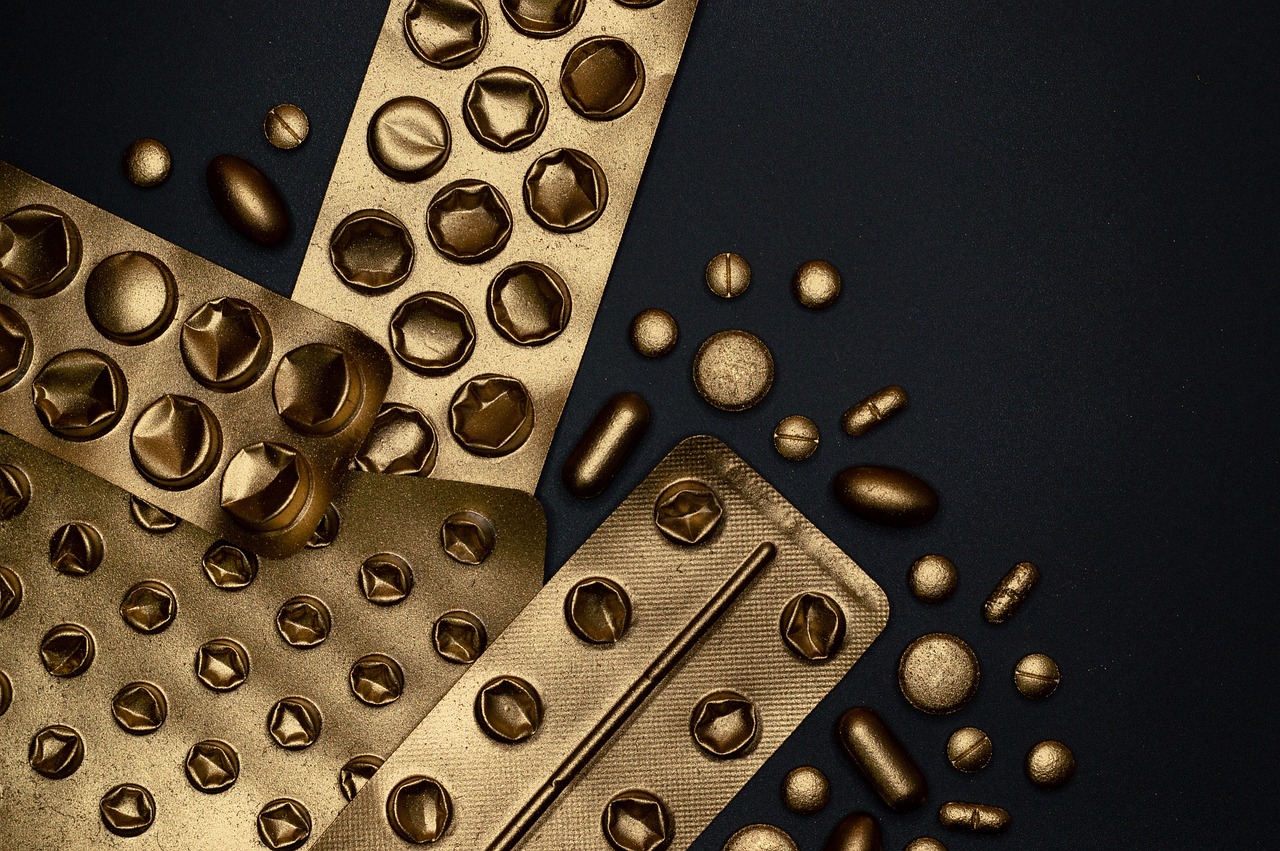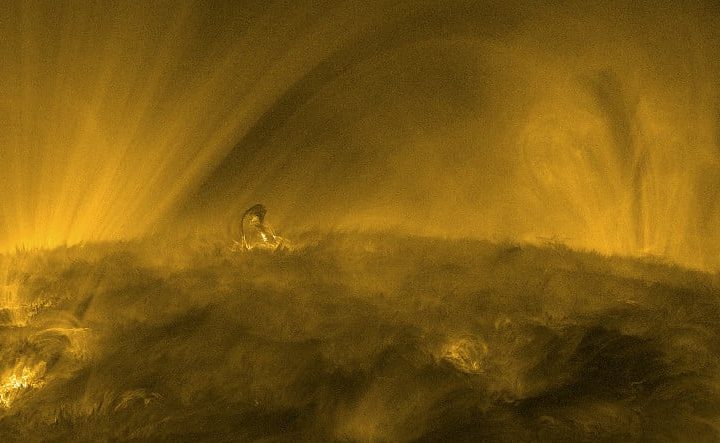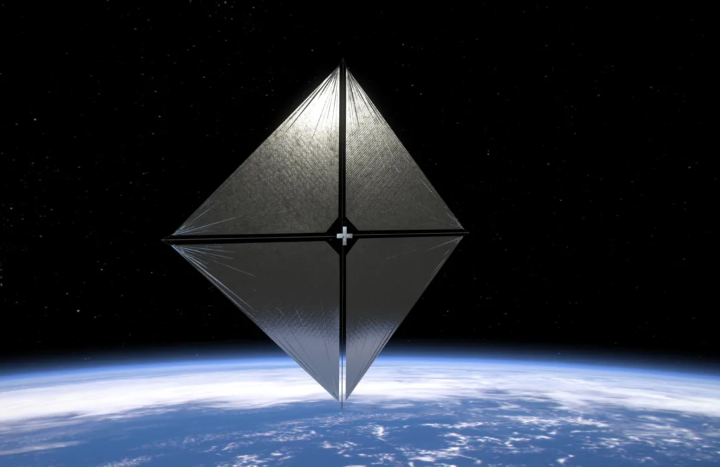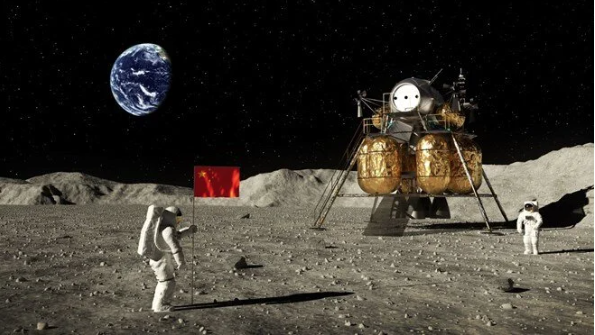On Wednesday, February 21, the capsule of the W-1 mission, an orbital platform built by a California-based space company and landed at the Utah Test and Training Range (UTTR), returned to Earth. Inside the capsule were antiviral drugs grown in the microgravity environment of Low Earth Orbit (LEO).
The company’s vision is to develop pharmaceuticals and other products in space and send them back to Earth via its own specialized re-entry capsules. Traditionally, research in microgravity was something that could only be done by astronauts on the International Space Station (ISS).
But with the increased accessibility provided by reusable rockets and ride-sharing programs, the situation is changing rapidly. From biomedical and advanced materials research to manufacturing, many industries are looking to get in on this trend.
So how does developing medicine in space work?
According to the company, the process in microgravity significantly changes buoyancy, natural transport, precipitation and phase separation. This has the potential to produce high-quality medicines with more perfect crystal structures due to the absence of gravitational stresses, leading to increased shelf life and efficacy.
The company has developed an antiviral drug used to treat HIV and hepatitis C in space. The drug will now be tested at facilities in Los Angeles.
Will Bruey, the company’s CEO, said in an interview last year: “We make medicine in space. Eliminating gravity allows us to make drugs that you can’t normally make on Earth. Gravity is kind of like a parameter. If you put a temperature knob on an oven, you create a world full of new recipes and new foods you can make. Similarly, if you can change gravity, you can change the chemical process of drug formulations.”
This is an exciting example of the potential of space research and commercial spaceflight. The unique conditions offered by the space environment could lead to the development of new medicines and treatments not possible on Earth.





